The Seed Deck
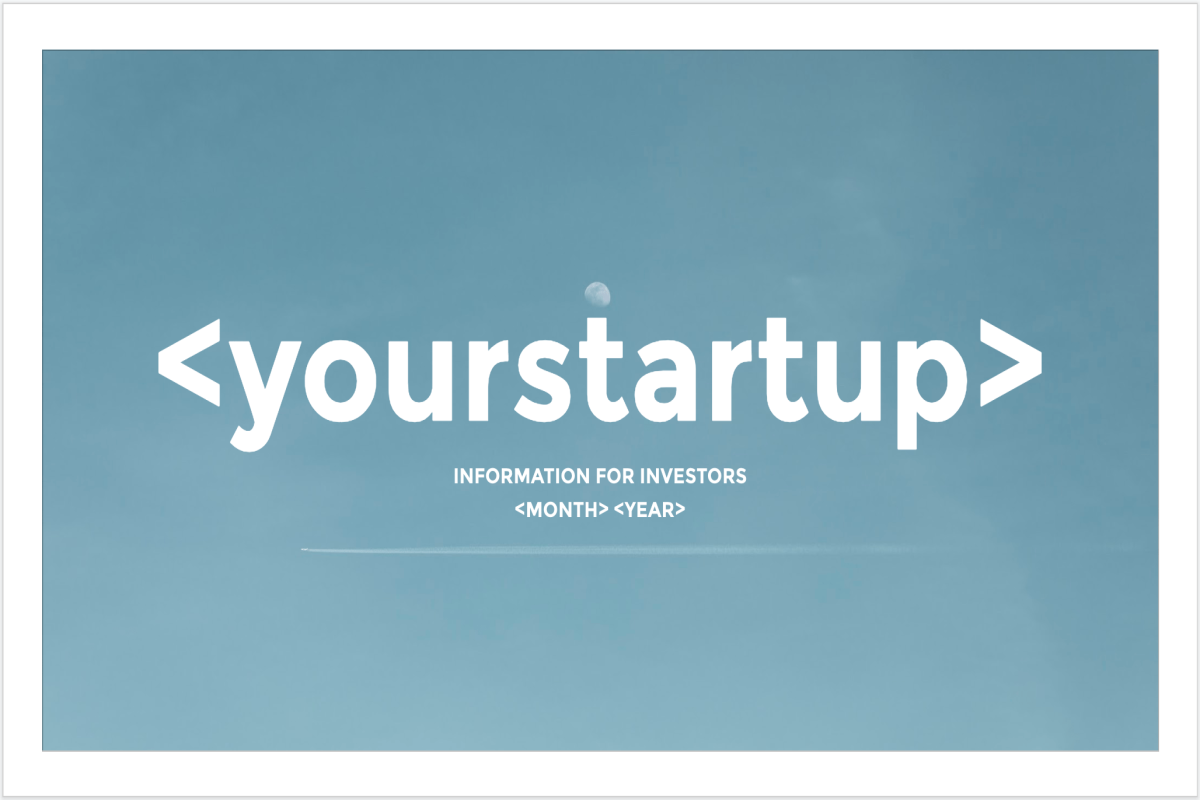
There are a ton of references about how to present a seed-stage company out there. Still, many entrepreneurs are struggling with it, wasting too much time to put a story together, and delivering a non-engaging outcome.
Here you will find a template to help you get started. It is built with a singular focus in mind: to trigger further interest in your company and get you the first meeting with an investor who skimmed through the slides.
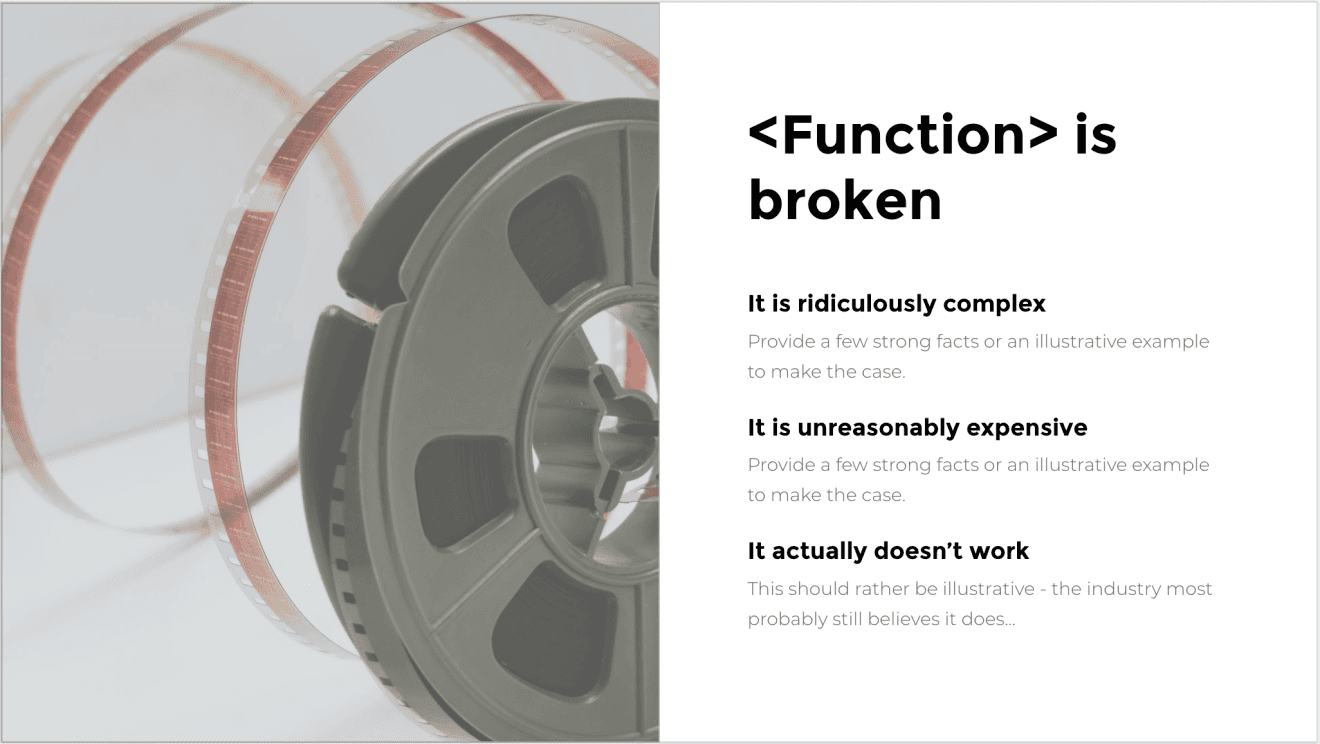
Section #1 Problem
After the slide title, start with the problem. Take a step back and walk your reader through the reasons why the default way people/companies perform such an essential task today is outdated and bound to change.
Most often than not, it comes down to time and money being wasted, with the results being worse than expected, and the frustration these entail.
Note that you’d better focus on describing the problem rather than its market size. It should feel large enough intuitively, and your reader may do the math.
What you need to answer in this section (one to three slides): Is this an interesting problem? Is it big enough?
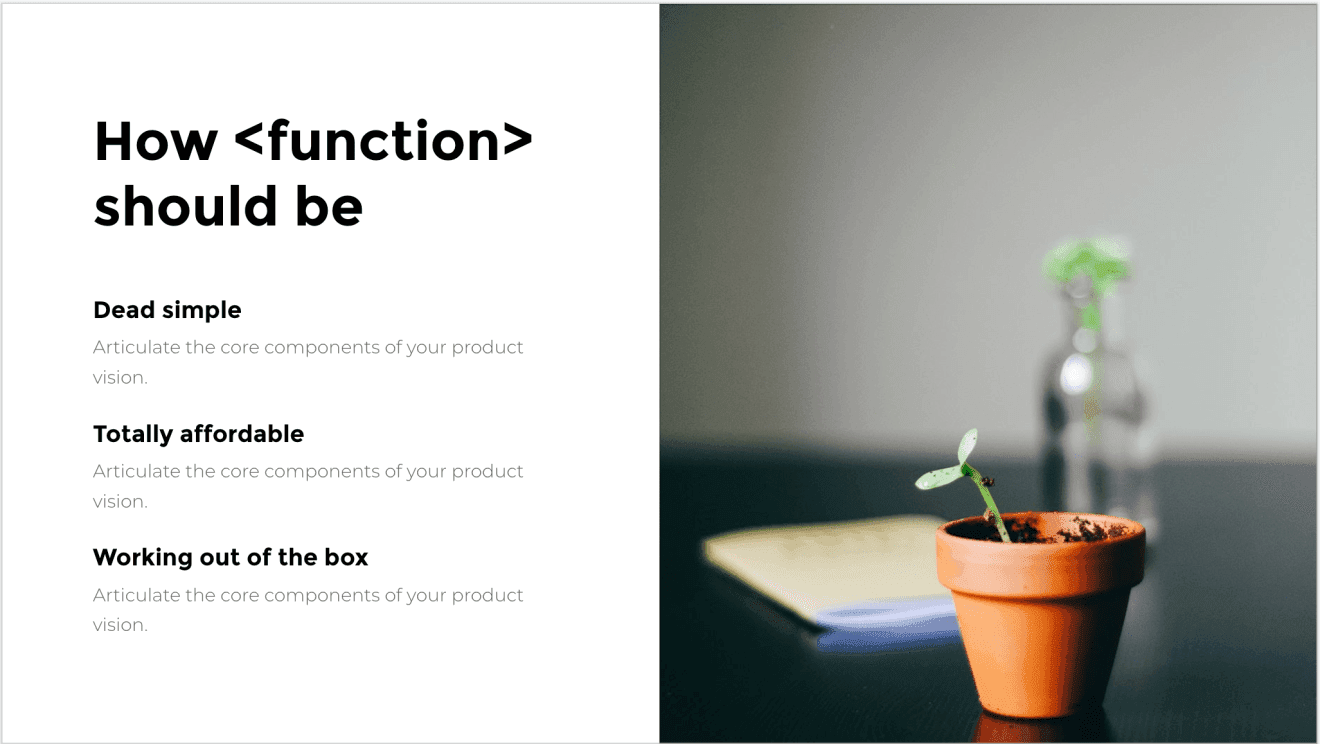
#2 Solution
Continue with your product vision. Describe the foundations of what would drive the next generation of solutions to the problem at hand. Following up on the previous section, these should be straightforward.
Focus on first principles rather than detailed specs. A technology product delivering on these should be able to drive significant efficiencies natively.
What you need to answer in this section (one slide): Would this be a groundbreaking proposition? Is it possible at all? (Here a healthy dose of wonder is fine.)
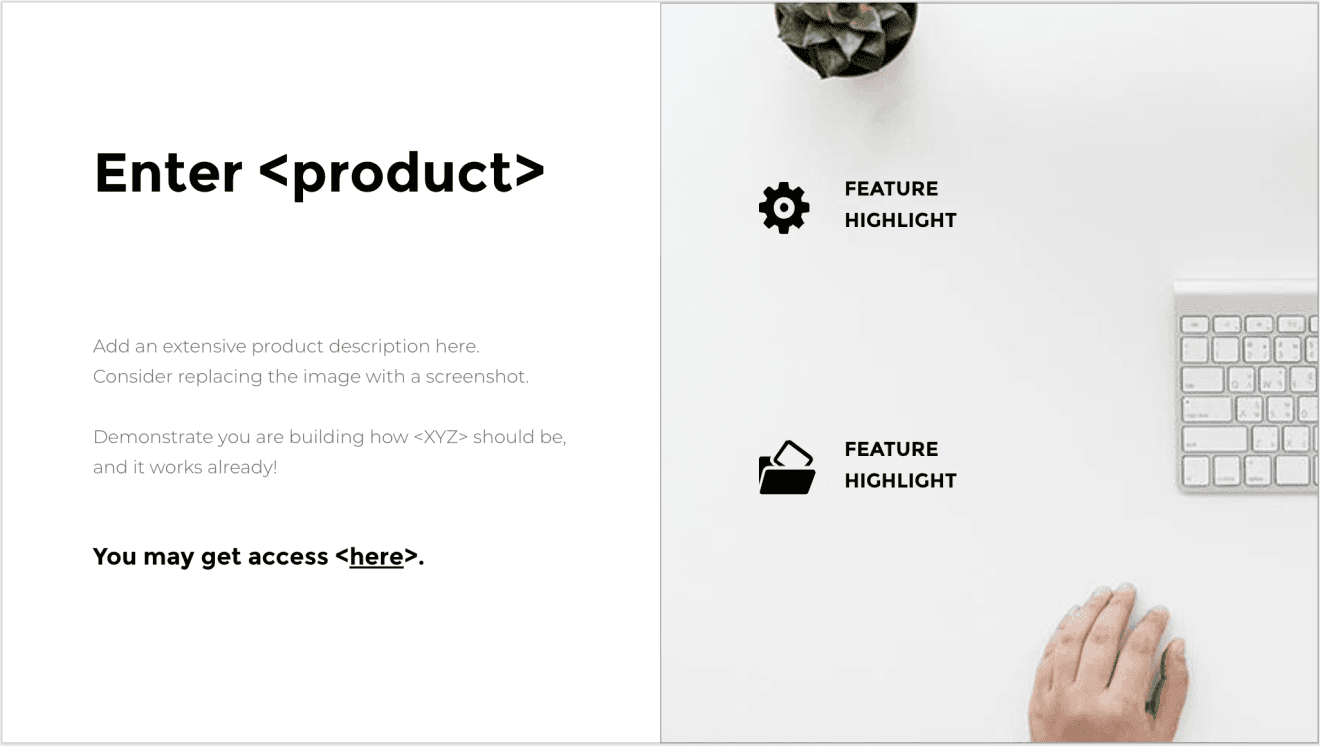
#3 Product
Now, drive the point home by demonstrating you have built a product that delivers on these first principles, and it works already. Here you can be a bit more technical, also shedding light on your secret technical source.
If you have done things right, your readers should click on the link and get to try the product themselves.
If you don’t have a working product or a prototype in place, it might be a good idea to prioritize doing that ahead of trying to raise a round.
What you need to answer in this section (one slide): Is this actually groundbreaking? Does it really work?
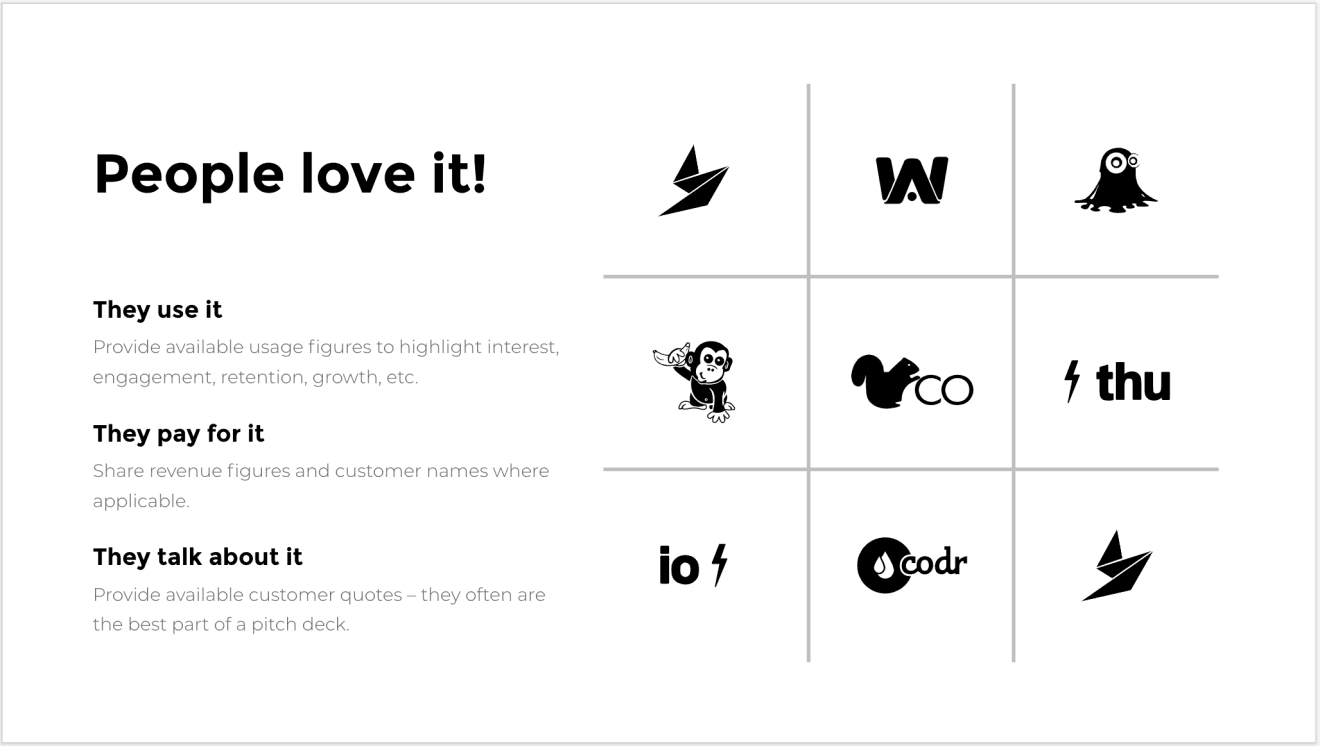
#4 Traction
Third-party validation should follow. No matter whether you or the reader is an industry expert, you need to provide various points of evidence that other parties see value in what you build.
Usage metrics, revenue, customer logos, and quotes –in this ascending order– are the strongest signals a seed company may provide. These are your best slides – an investor should be sold to take the meeting right here!
If you don’t have any of the above validation points, you can still talk to potential users and get their feedback.
What you need to answer in this section (one to three slides): Is there legitimate third-party validation that the product delivers against expectations?

#5 Team
You have let your work speak for yourselves already. This is a slide placed favorably to introduce the founding team who has put this together.
What you need to answer in this section (one slide): Is the team relevant (i.e., do they know what they are talking about)? Can they deliver? Are they committed enough?
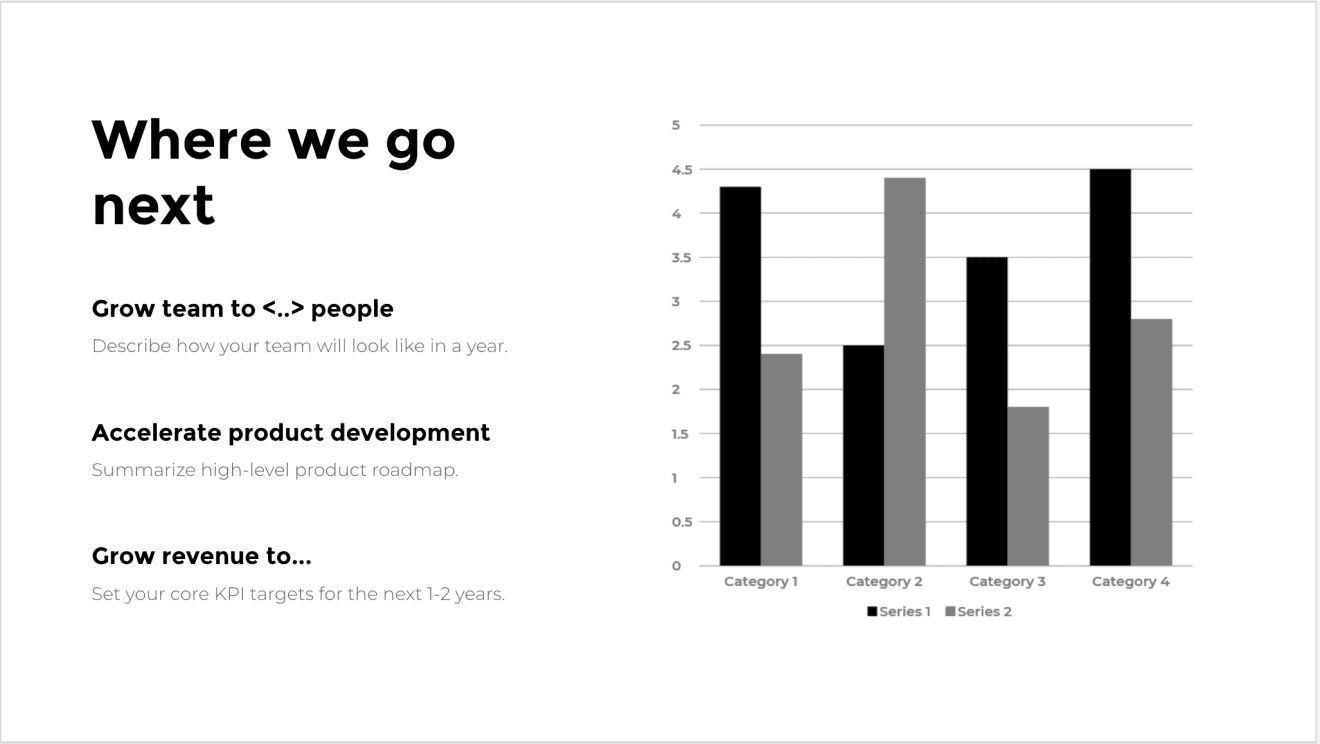
#6 Plan
It is recommended that you have created a more detailed plan, for example, as per the Seed Spreadsheet. You can then provide access to the source file and summarise its key points here.
Your investment ask is a product of the above plan; you may skip mentioning a specific amount in the slide and discuss further during your meeting.
What you need to answer in this section (one to two slides): Is there a well-thought-out plan for the next year or two? Are the targets ambitious yet realistic? Is this meaningful for a venture investment?
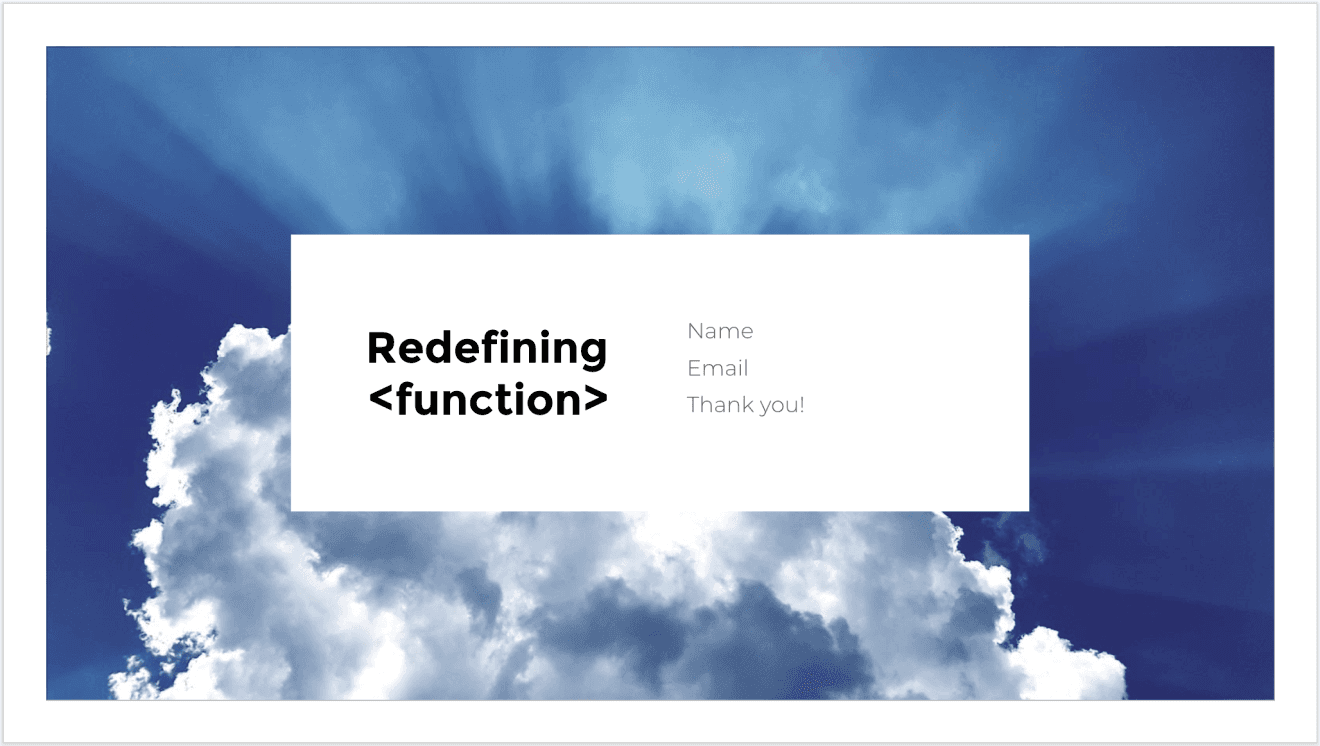
#7 Closing
Iterate on your mission and provide your contact details – these are enough for an interested party to respond…
You may access the Seed Deck template in Google Slides format here. Feel free to File > Make a copy or File > Download in your preferred format and use the slides as you see fit. Freepiker was used for themes and Unsplash for placeholder photos.
You should treat the above with what they are: a mere suggestion. A presentation is a form of expression of its creator; you should unleash your creativity, rather than restrain it. Also, as with everything that relates to your company, you are the ultimate judge on what is relevant versus not.
Still, we hope the seed deck to help you structure your startup’s story to capture attention, and we hope you put it to good use!
